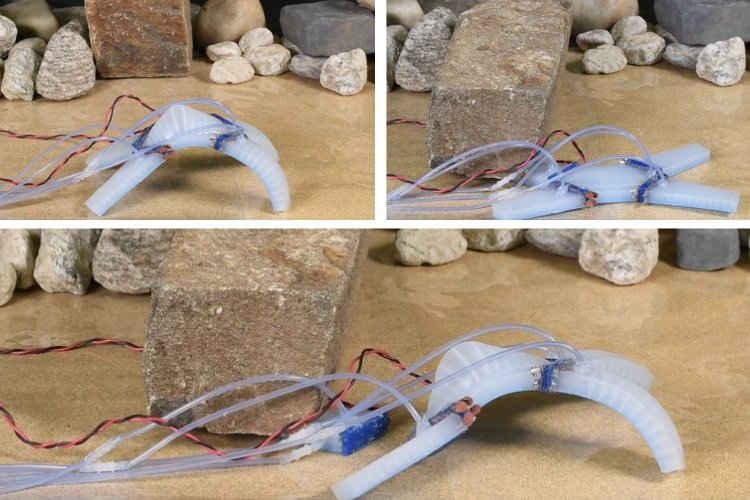
A new technology has emerged, drawing inspiration from biological organisms that adapt through self-amputation and regeneration, like lizards. This innovation allows robots to shed limbs and fuse together, offering unprecedented adaptability and survival capabilities. Inspired by creatures like lizards and crabs, these robots can self-amputate their limbs to escape entrapment. Similarly, taking cues from ants' collective behavior, robots can fuse to form structures such as bridges, enabling them to overcome obstacles more effectively.
How It Works:
Self-Amputation: When a robot's limb is trapped, the joint melts, allowing the robot to shed the limb and free itself, similar to a lizard releasing its tail.
Self-Fusion: Multiple robots can connect by melting their interfaces, forming a unified structure capable of navigating larger obstacles.
Applications and Future Directions:
This technology promises significant advancements in fields like search-and-rescue missions, where robots can adapt to dynamic environments. The material will be integrated into various soft robots, enhancing their ability to reconfigure and perform specialized tasks. This material not only aids in robot survival but also enables dynamic shape changes. Robotic modules can reconfigure into different morphologies to perform tasks requiring specific shapes and behaviors.
In summary, this new technology represents a significant leap forward in robotic adaptability and functionality. Its innovative design and dynamic capabilities set a new standard for the future of robotics.

